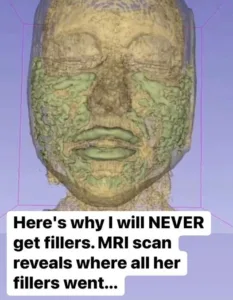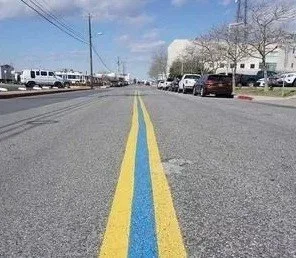
Dr. Kami Parsa, an oculoplastic surgeon from Beverly Hills, recently gained widespread attention after sharing MRI footage that revealed the unexpected behavior of hyaluronic acid fillers in a patient’s face. The video, posted on TikTok on July 12, showed how a patient’s injected fillers had grown and migrated over time, sparking amazement and concern among viewers.
Hyaluronic acid fillers, typically lasting six to eighteen months, are the most common type of dermal fillers used to enhance facial features and smooth wrinkles. According to the American Board of Cosmetic Surgery, over a million men and women opt for these rejuvenation procedures annually.
Dr. Parsa’s patient, a 33-year-old woman, had received over 12 milliliters of hyaluronic acid fillers over six years. The MRI showed the fillers as green dots throughout her face, indicating their presence long after the initial injections. Remarkably, Dr. Parsa’s volumetric study revealed that the filler had expanded to a total of 28 milliliters, more than double the original amount injected.
This revelation, which has garnered over 7.2 million views, highlighted the hydrophilic nature of hyaluronic acid fillers, which attract water and promote tissue growth. The findings have raised questions about the long-term effects of these fillers, with some viewers expressing concerns about potential impacts on the lymphatic system.
The video has prompted a broader conversation about the safety and longevity of cosmetic fillers. While Botox, another popular injectable, is generally considered safe when used correctly, excessive use of fillers and Botox can lead to adverse effects, such as the “pillow-face” appearance described by dermatologist Jessica Weiser.
Celebrity transformations, like those of Ryan Gosling and Eva Mendes, often fuel these discussions. Recent scrutiny of their changing appearances led to speculation about the extent of cosmetic procedures they’ve undergone. Experts suggest that while moderate use of injectables can enhance features, overuse can distort natural proportions and dynamics, especially evident in facial expressions.
Dr. Parsa’s viral video serves as a catalyst for re-evaluating the use and management of cosmetic fillers, encouraging a more cautious and informed approach to facial rejuvenation.





